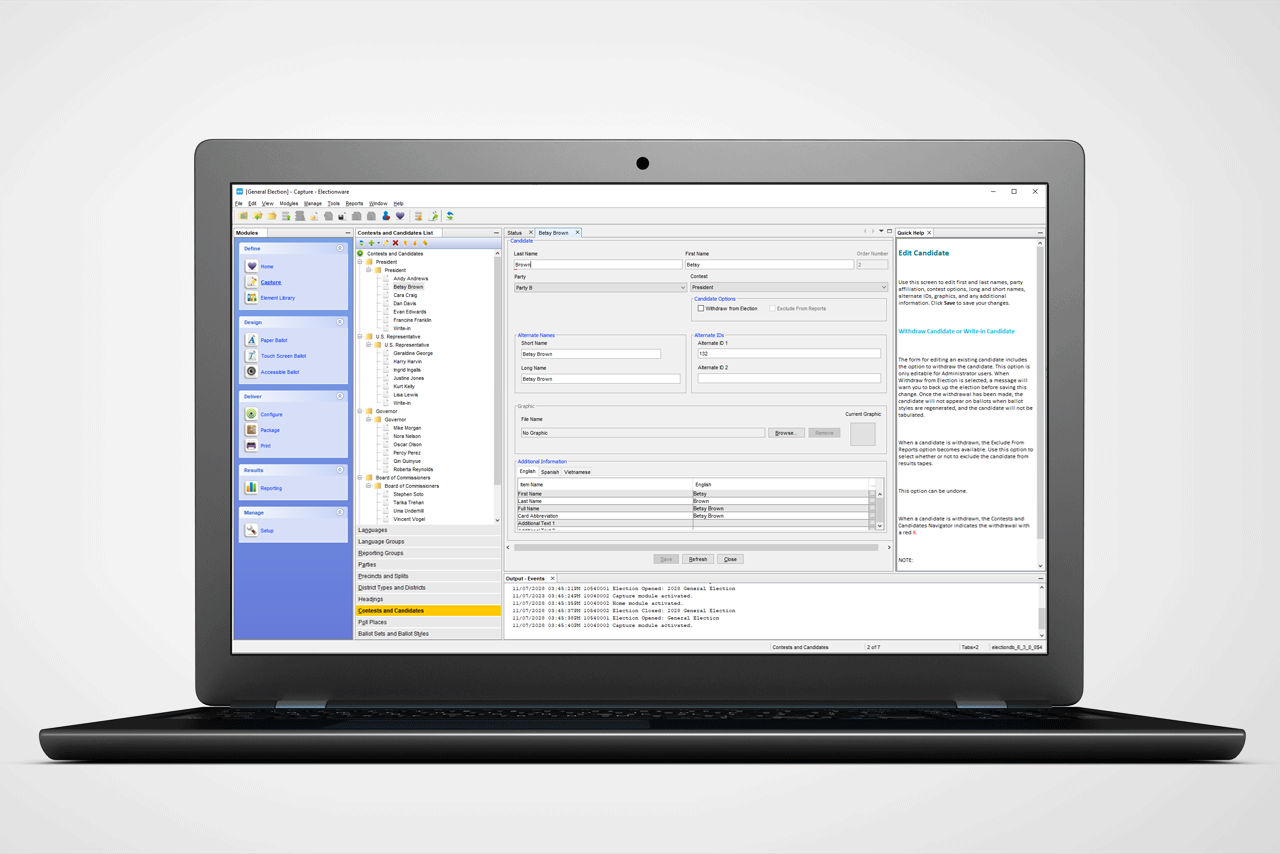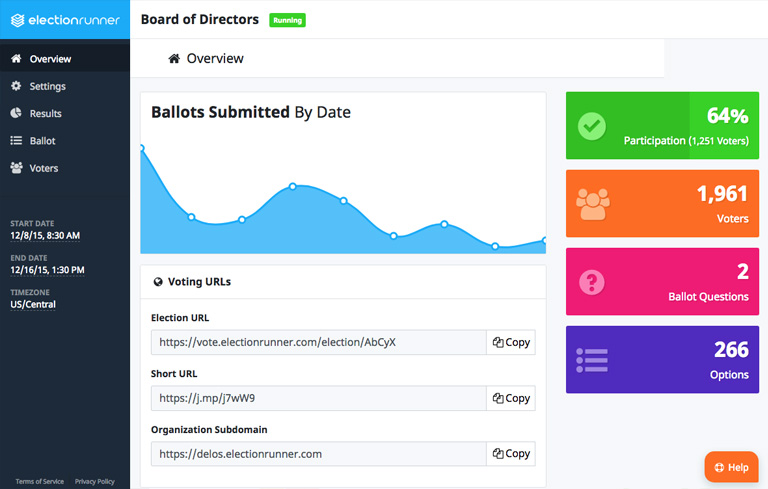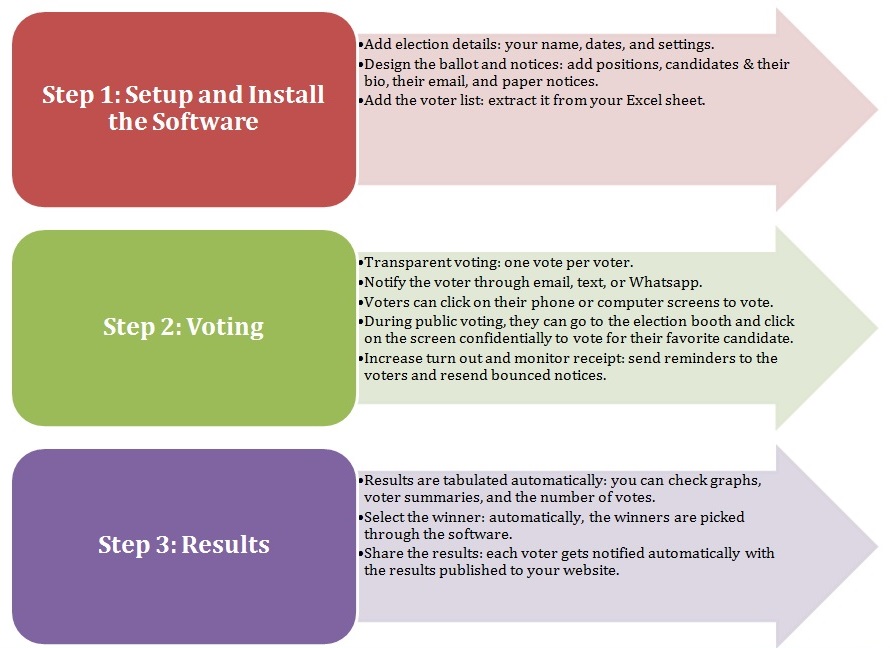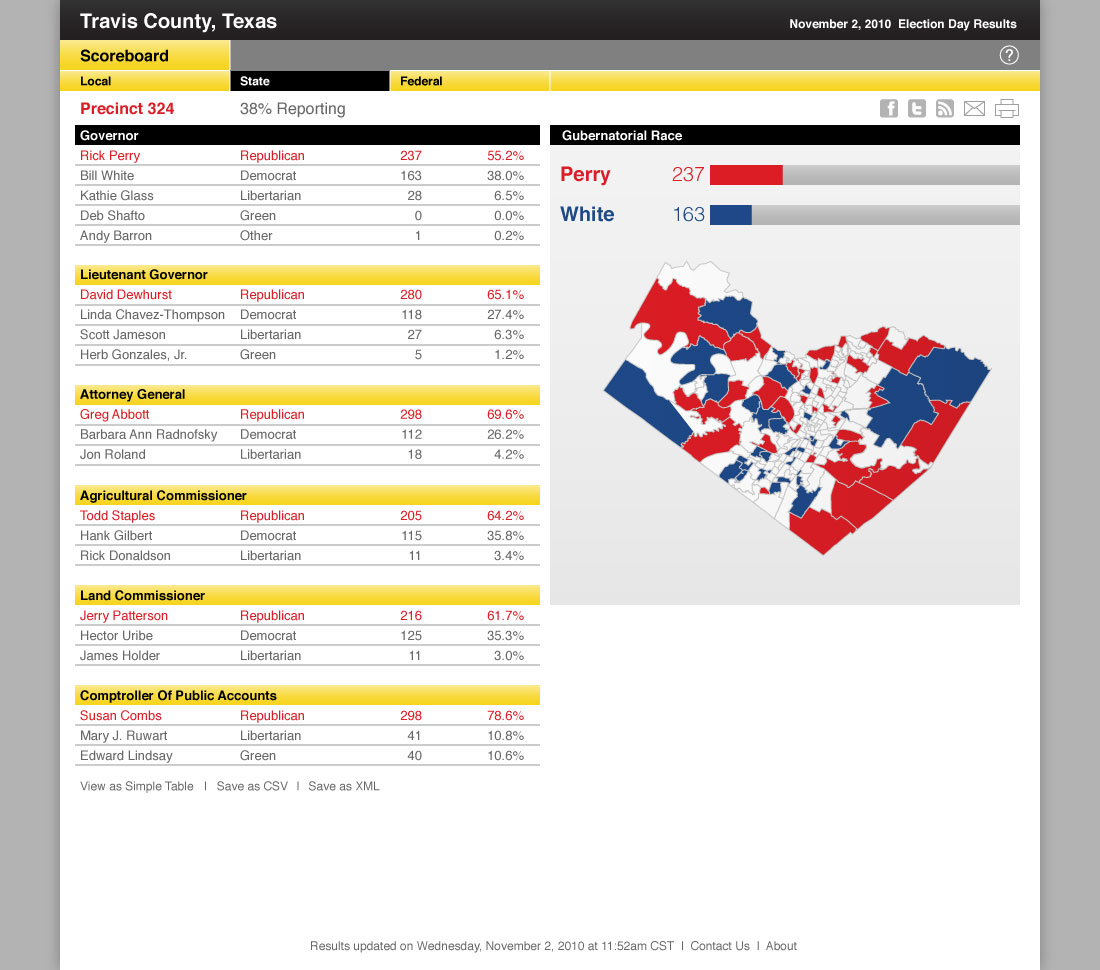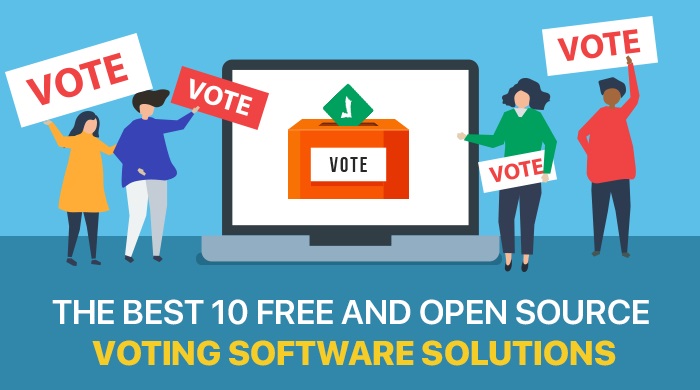Key Features of Professional Voting Software Platforms
Professional voting software platforms incorporate comprehensive security frameworks that include biometric verification, encrypted ballot transmission, and tamper-evident digital signatures. These systems ensure that every vote is accurately recorded, securely transmitted, and properly counted while maintaining complete voter anonymity throughout the process.
Advanced voting software solutions offer multi-language support, accessibility features for voters with disabilities, and responsive design that works seamlessly across desktop computers, tablets, and mobile devices. The platforms typically include robust administrative tools for election setup, voter registration management, and comprehensive reporting capabilities that provide detailed analytics and audit trails.
Integration capabilities with existing organizational systems, customizable ballot designs, and automated notification systems are standard features that make these platforms suitable for various types of elections, from small organizational votes to large-scale municipal and corporate elections.
